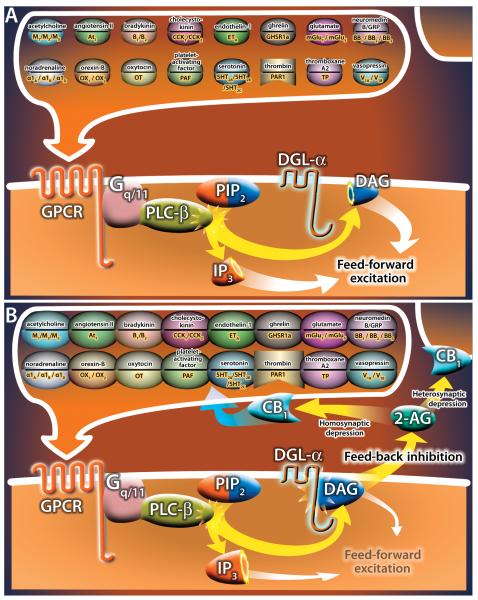Figure 3. DGL-α as a molecular switch between GPCR-mediated feed-forward excitation and feed-back inhibition.
A) The cascade of events triggered by a multitude of ligands via the activation of GPCRs coupled to Gq/11 and PLC-β at low agonist concentrations: PLC-β will split PIP2 into IP3 and DAG, both of which enhance excitability of the target cell e.g. by stimulating calcium release from intracellular stores or via TRP channels, respectively. B) The cascade of events triggered by a multitude of ligands via the activation of GPCRs coupled to Gq/11 and PLC-β at high agonist concentrations: larger amount of DAG is produced, in which case DGL-α will step in, and convert DAG to 2-AG that will mediate feed-back inhibition in the form of homo- or heterosynaptic depression of transmitter release.

